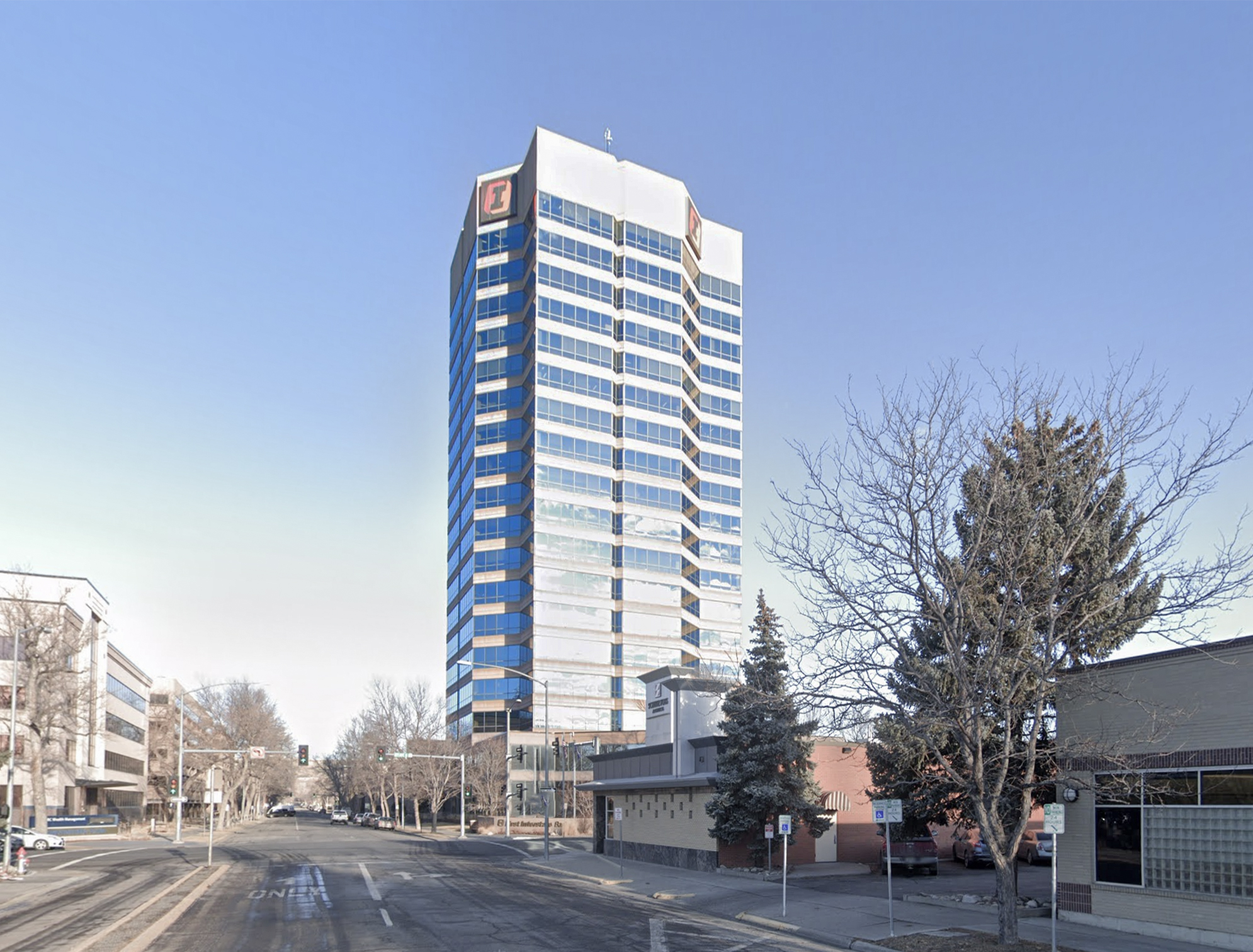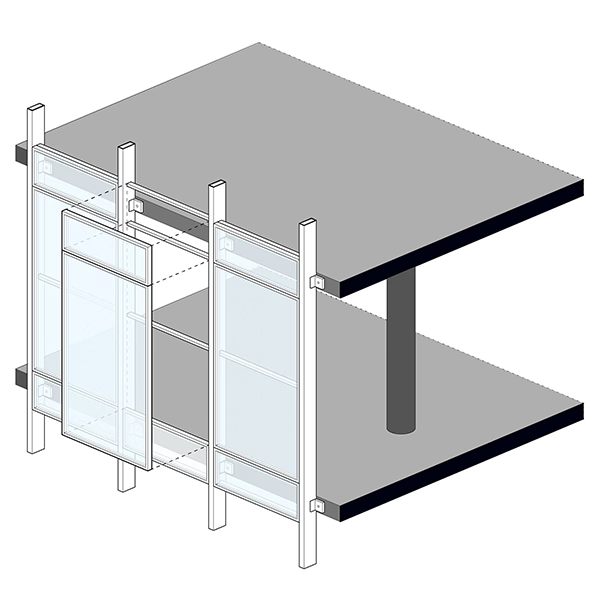The First Interstate Center is a Modern Style skyscraper designed in 1983 by The Opus Grup, and built between 1984 and 1985, for a reported $20.0 million dollars, in Billings, MT.
First Interstate Center is not the only name you might know this building by though. The building is, or has also been known as First Interstate Tower.
Its precise street address is 401 North 31st Street, Billings, MT. You can also find it on the map here.
The First Interstate Center is the tallest of four buildings that make up The Transwestern Plaza complex..


